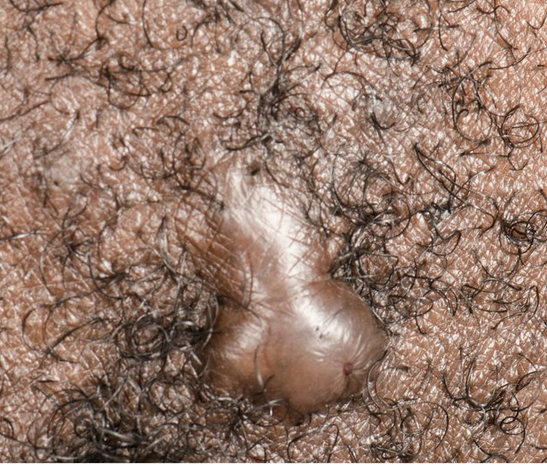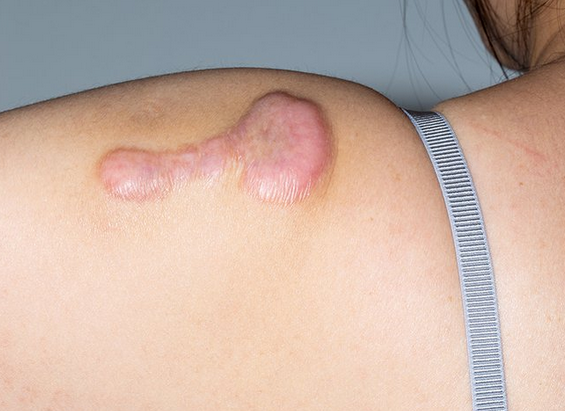Please pay attention. – As always, this is all about nutrients and circulation
Straight off the internet . . . THERE IS SO MUCH MORE WE CAN DO. .
This keloiding is body overdoing it – shall we help calm it down?
And possibly as well as the nutrients also use serrapetase to undo the inner adhesions as well)?
WHY – are people calling the medicos experts’?

What are keloid scars?
A keloid scar is an enlarged, raised scar that can be pink, red, skin-coloured or darker than the surrounding skin.
They can develop after very minor skin damage, such as an acne spot or a piercing, and spread beyond the original area of skin damage.
What do keloid scars look like?

Keloid scars are usually:
- shiny
- hairless
- raised above surrounding skin
- hard and rubbery
- red or purple at first, before becoming brown or pale
They can last for years, and sometimes do not form until months or years after the initial injury.
Do keloid scars hurt?
Keloid scars are usually painless, but some can cause:
- pain
- tenderness
- itchiness
- a burning feeling
- limited movement if located on a joint
What causes keloid scars?
Experts do not fully understand what causes keloid scars, but they happen when there’s overproduction of collagen (the skin’s protein). They’re not contagious or cancerous. If you have had a keloid scar before, you’re more likely to get another.
Who gets keloid scars?
Keloid scars can affect anyone, but they’re more common in people with dark skin and it’s thought they may run in families.
Younger people between the ages of 10 and 30 are more likely to develop them.
Can you prevent keloid scars?
You cannot completely prevent keloid scars, but you can avoid any deliberate cuts or breaks in the skin, such as tattoos or piercings, including on the earlobes.
Avoid minor skin surgery to areas more prone to keloid scarring (the upper chest, back and upper arms) if possible.
Treatments for keloid scars
There are several treatments available, but none have been shown to be more effective than others.
Treatment can be difficult and is not always successful.
Treatments that may help flatten a keloid scar include:
- steroid injections
- applying steroid-impregnated tape for 12 hours a day
- applying silicone gel sheeting for several months
Other options include:
- freezing early keloid scars with liquid nitrogen to stop them growing
- laser treatment to reduce redness (but this will not make the scar any smaller)
- surgery, sometimes followed by radiotherapy, to remove the scar (although it can grow back and may be larger than before)
If you’re bothered by a keloid scar and want help, see a GP. (!!!!!!!!!!!!!!)
We know where to go . .
Life
Nature
All reasonable
A couple of years ago . . .
How we get to Triage . .
Clear out Shock – cold – scars – all levels. .
Maybe start with the online course – unblocking your scars – here
